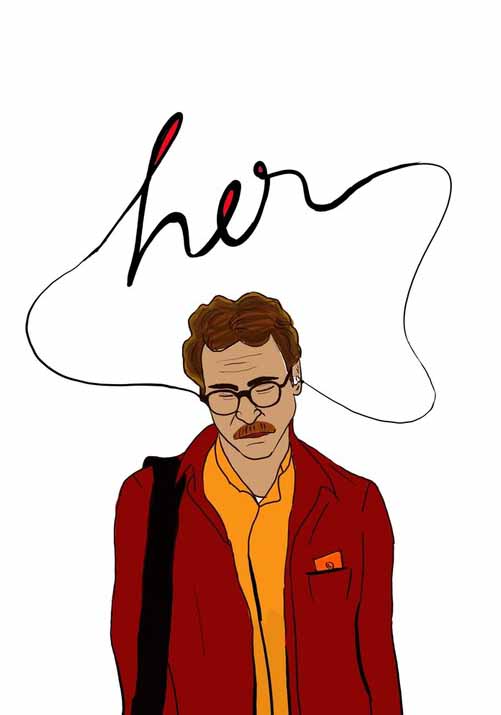
Her (Movie), directed by Spike Jonze:
It opens with Theodore Twombly, a melancholy loner played by Joaquin Phoenix, who decides to buy a digital personal assistant. At home, he starts the software by placing a tiny device in his ear, then hears a clinical male voice:
“Mr. Theodore Twombly, welcome to the world’s first artificially intelligent operating system. We’d like to ask you a few questions.” He answers the questions about his relationship with his mother. Then another voice, that of Scarlett Johansson, come on.
“Hello, I’m here. I’m Samantha.” Samantha wants him to loosen up, to talk to her like he would anyone else. Soon, Samantha, the operating system, is filling almost every gap in Twombly’s life, waking him up for meetings, drafting his emails – and then listening and joking with him late into the night. Twombly was first amused by Samantha’s relentless curiosity about him. Then he’s hungry for it, and for Samantha’s ability to uncover things about him that he’d never had the self-confidence to discover for himself.
This movie became an inspiration for the Cortana team at Microsoft because it painted a vision of technology in which we no longer deal with apps – where each app shouts for our limited attention. “Her” depicted a future where technology had become totally natural, mediated by the power of voice. This film solidifies for us that human-to-human interaction should be the metaphor for design. In trying to understand how computers should interact with humans, the best guide is how humans interacted with humans.
Human-to-human interaction is a metaphor being used for technology in the movie “Her”.
What are metaphors?
To experience the world around us, we can make use of our different senses to collect information, interpret our environment and make judgments. When we have limited senses to interact with new products, especially digital products, we look for the information that can guide us to understand the product and interact with us. This information that creates a sense of familiarity, triggers emotions, draws attention, and motivates action are metaphors.
“The way we think, what we experience, and what we do every day is very much a matter of metaphor.”
– Lakoff and Johnson
While some metaphors are used in everyday language, others can be created to communicate a design pattern. Our mental modes are largely metaphorical, which means that we use metaphors to reason and understand the world.
Let’s understand with a few examples:
Example 1: Inbox vs Newsfeed
Email inbox borrows its logic from your mail, and you probably at least glance at every piece of mail that’s sent to you – simply because they were all meant to you. Your email inbox carries the same logic.
Your social media ‘feed’ or “stream” are entirely different metaphors. A stream rushes on (like a river), even if you’re not there to see. A stream or news feed, even if it’s crafted to your whims, doesn’t require your personal attention. It’s common to be shared.
That’s one reason you might find checking your email to be a chore while checking your favorite social media feed feels closer to leisure is that underlying metaphors are different.
Example 2: App Store
When Apple unveiled the App Store in 2008, no one was certain how big it could become. In later years, we’d see the explosion of the so-called app economy. We never asked why the App store made sense to users, how those initial assumptions shaped what followed. There was a metaphor underlying it all.
All the way until the late nineteenth century, stores worked very differently than they do today. The goods were placed behind the counters on shelves or under glass. Shoppers on high streets of Paris or London were typically upper-class, and if they wanted to see something, they had to ask the shopkeeper to get it for them. It was up to the shopkeeper to explain the story of the product. This changed by the turn of the century – with the advent of the retail concept where the goods didn’t sit behind the counter. Instead, they were placed out on themselves, where shoppers could touch and see them on a whim without ever needing a shopkeeper at all. Alone on a shelf, the goods had to sell themselves.
By the time the app store came along, it made sense that it would look much like those open shelves. Apps were stand-alone products, which you used for a specific purpose.
Why do Metaphors work?
In “Discourse on Method”, Descartes set the mind and flesh apart, one irreconcilable with the other. His famous statement in part IV, Cogito ergo sum (“I think therefore I am”) is often assumed to be a maxim that means merely that if you can think, then you must exist. Descartes was saying something more ambitious. Imagine if you were simply a disembodied brain, floating in a nutrient solution, with all your sensory input supplied by wires that provided fake information about the “real world” – could you have known you were being tricked? Descartes concluded that you couldn’t, but that even if the world around you was an illusion, you could still reason. The ideas that fill our minds don’t come from the pure faculties of reason – rather, we have no ideas without the bodily sensations upon which to ground them.
Reason we can’t seem to think without resorting to metaphors of some kind is that ideas themselves, when they emerge from our brains, emerge from the same neural pathways in which our bodies are represented. Metaphors reflect some deeper organization about how our minds are structured.
Why do Metaphors work in design?
1. Metaphors are a great tool to help your users understand abstract or unfamiliar content. By linking abstract information to a concrete concept, it becomes easier for people to understand the information.
2. Metaphors help us create familiarity. Whenever we can’t recognize something, we use patterns to get an idea of what to expect. They are based on the things we have used before or the metaphors.
3. Metaphors translate interactions to the users and motivate them to act. Metaphors can be very engaging and actionable because we intuitively know what to do.
How we can create a new Interaction Metaphor
Human capabilities are always changing. Humans are drowning in interactions with smart devices. Instead of one device, there is actually an infinite number of handoffs between devices. There needs to be a new kind of design process to manage those seams.
1. Create the right mental models:
It is the metaphors that describe complexity to humans and remove confusion. By using a metaphor, the user can apply a familiar mental model to understand and access this function. Mental models are intuitions we have about how something works – how its pieces and functions fit together. For example – Amazon Kindle. The metaphor here is a book that has pages of information, laid out after another in a sequence. To get more information, you turn the page. On Kindle, just as you turn the page in a book, you turn a page by swiping at an e-book.
2. Use Metaphors to uncover ideas:
Ideas go in the directions of metaphor OR metaphor defines the ideas. Metaphors are like instruction manual but better because it teaches you how something should work without you ever having to be told. For example – the idea of Digital assistants (Siri or Alexa) leaped from metaphor personal assistant – transparent, mindful and honest. Transparent – because the best personal assistants are transparent about what they know of their clients and why they have done what they have done. Mindful and honest about its limitations, because personal assistants don’t make a flippant joke when they can’t do something, they admit what they do and what they don’t. And they try to recover from what they can’t do by suggesting the things they can.
3. Use Metaphors contextually and within culture:
Different cultures have different metaphors. For example – the App store model wasn’t so successful in China. This is because the smartphone is a different thing in China. Its build upon the different mental model. Their operating system isn’t nearly as important as your chat app because it is where everything happens. In WeChat, China’s most popular chat app, you can search for tickets, and start a conversation with business and share it with your friends and purchase tickets. There are no other apps to download. With chat as an interface – the annoyance and tediousness of switching between the apps, ferrying little bits of information from here to there – simply disappear.
Ladder of Metaphors
In digesting new technologies, we climb a ladder of metaphors, and each rung helps us step up to the next. Our prior assumptions lend us confidence about how a new technology works. Over time, we find ourselves farther and farther from the rungs we started with, so eventually, we leave them behind. The story of technology’s advance is also the story of metaphors bending to their limits, then breaking.
We all use metaphors to understand our world. They are powerful for designers – as they can help organize and guide a broader set of relationships. Metaphors become so embedded in our experience that they seem second nature – ‘time is money’, ‘life is a journey’, ‘the body is a machine’. But often the metaphors we live with, have been designed.
References:
“User Friendly” by Cliff Kuang
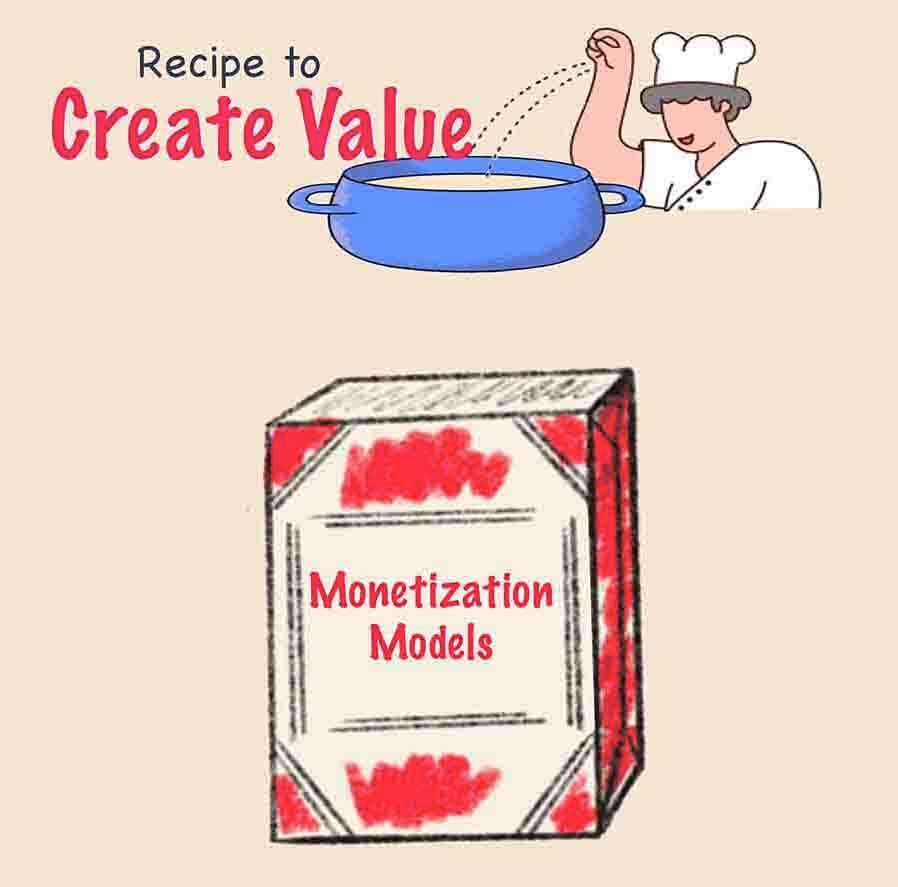
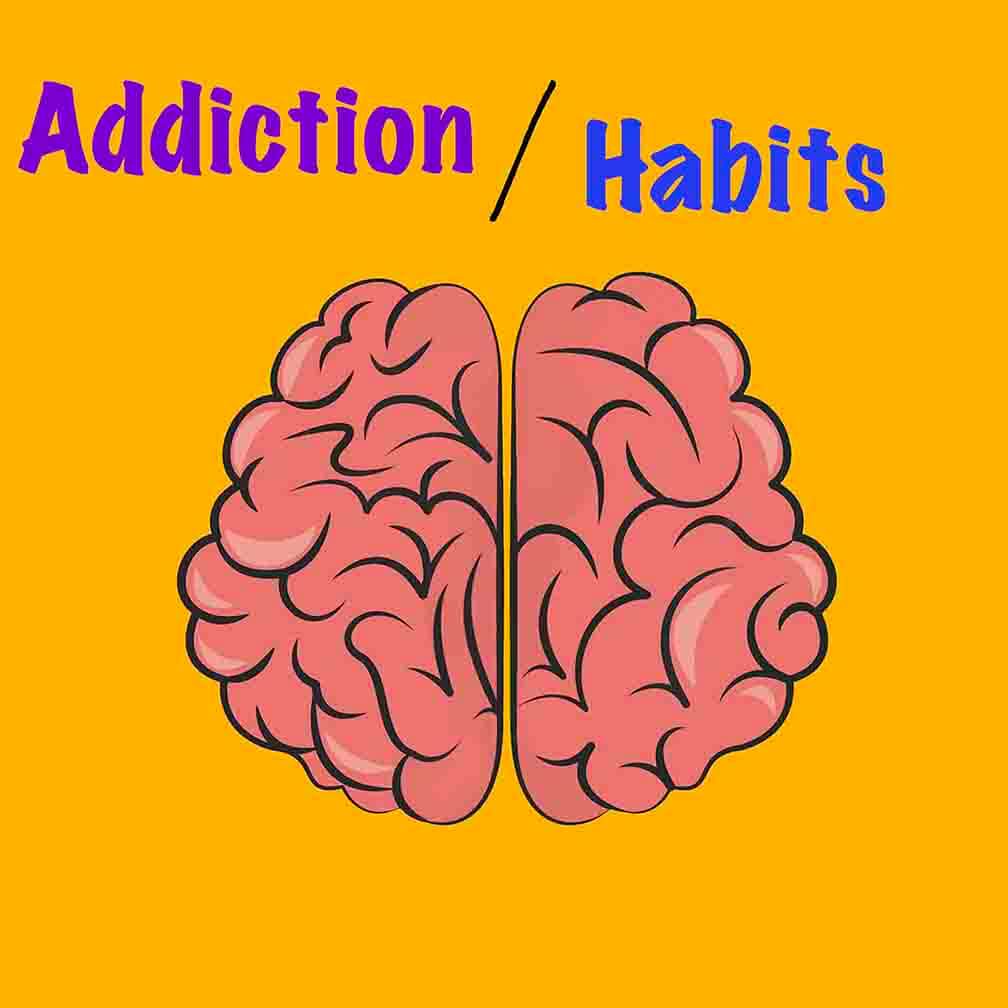
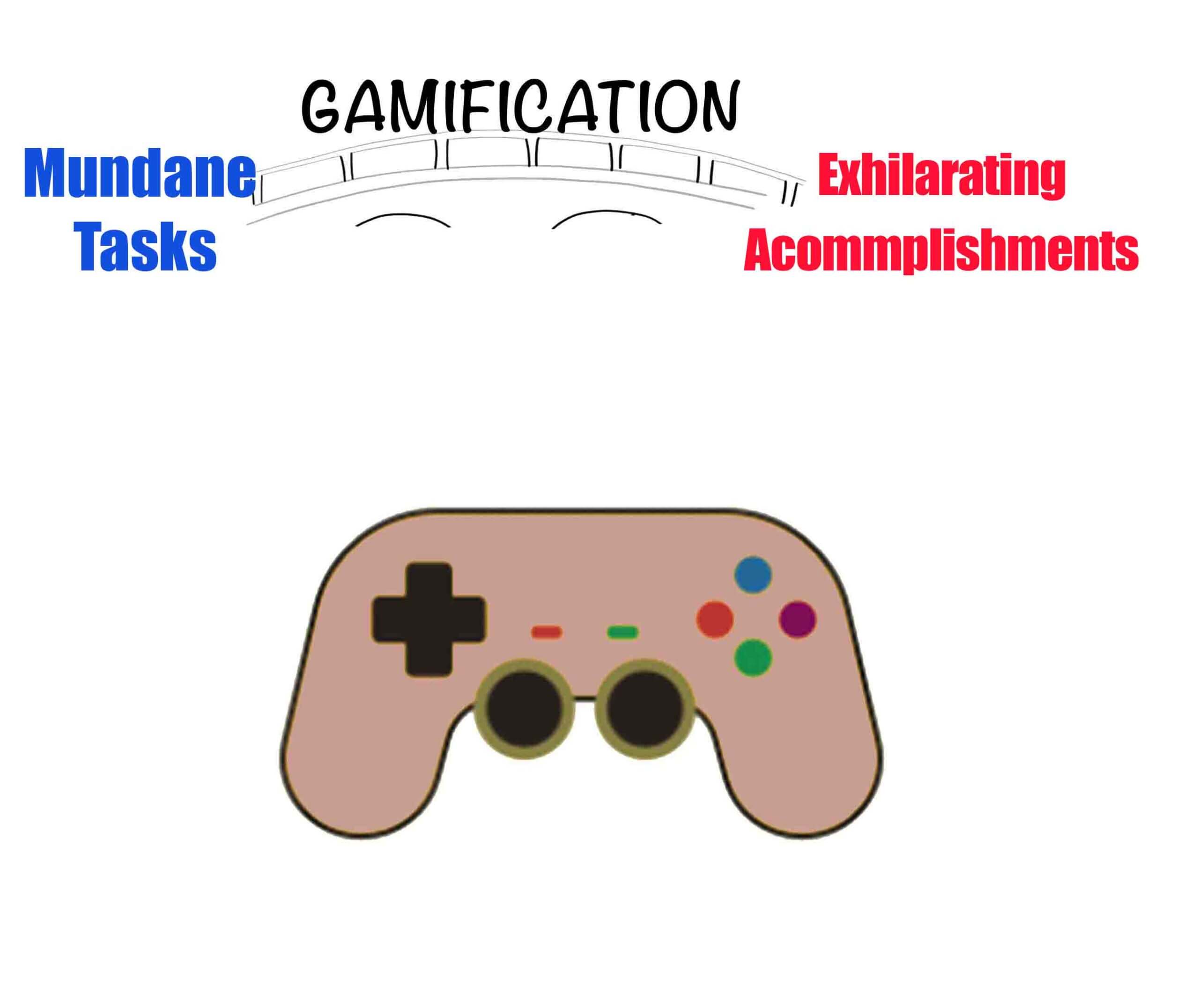
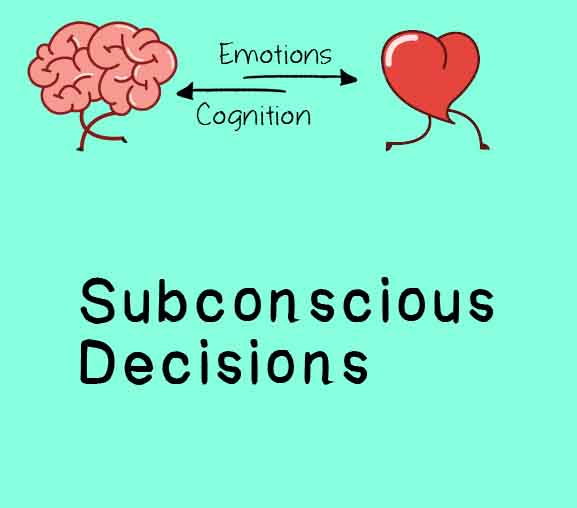
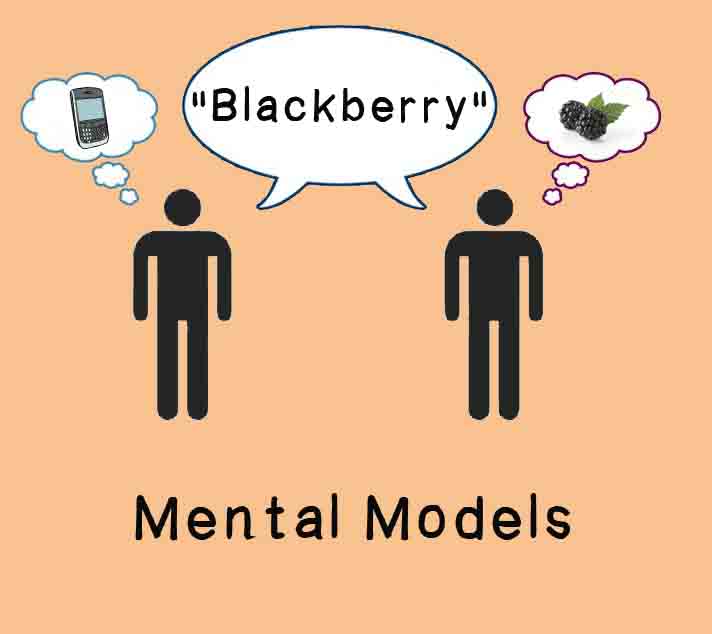
 Swipe for more stories
Swipe for more stories
Comments